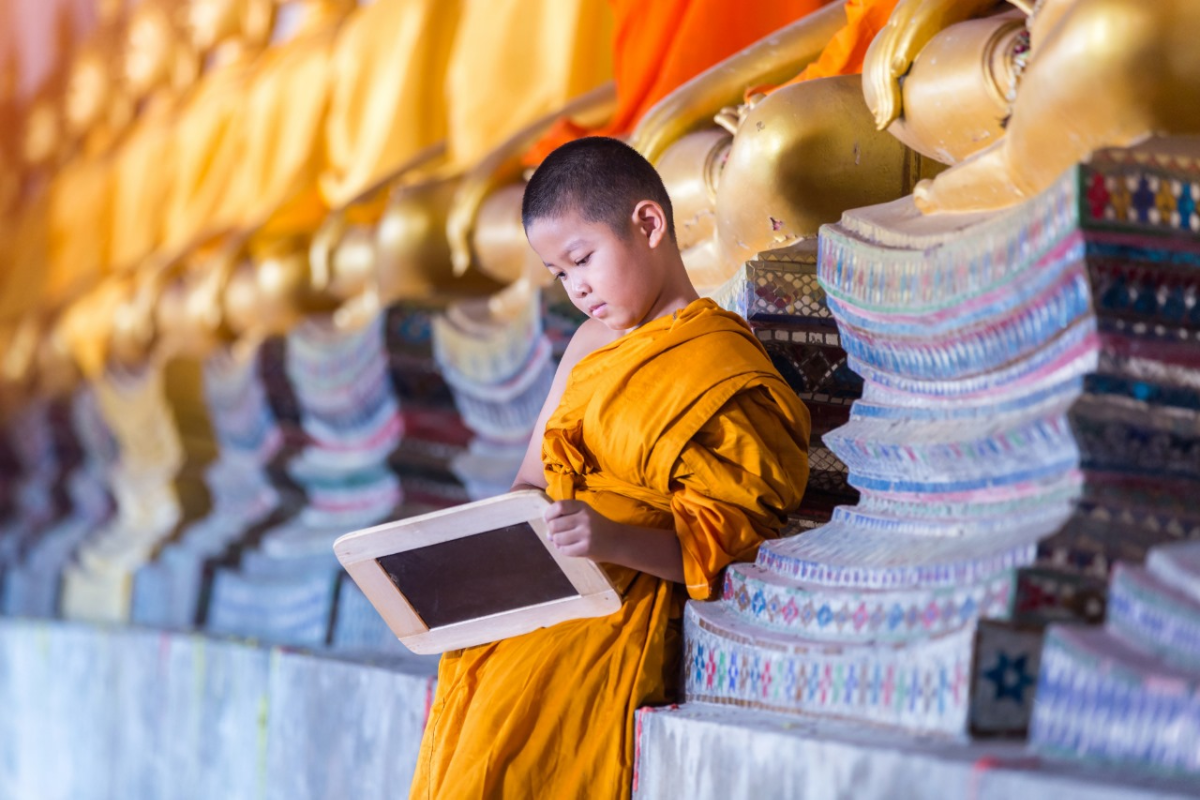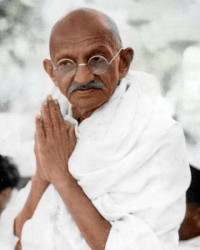Village Telhada – Where Silence Speaks of Wisdom

Bihar holds immense significance in the history of Buddhism. It was in this region that Gautama Buddha embarked on his spiritual journey and ultimately achieved enlightenment.
Soon after Buddha’s Parinibbana (passing away); beneficiaries of his teachings propagated them for the benefit of many. The spread took place over centuries and across countries too. They built Viharas (monasteries), stupas, universities etc. that supported the learnings and preserved the teachings. One such very famous university was Teladhaka .
Where is Teladhaka or Telhāḍa?
 Just Thirty-three kilometres away from the famous Nalanda University Heritage ruins lies a village few have heard of – Telhara or Telhāḍa, a quaint village in Ekangsarai block of Nalanda District in Bihar. According to research based on recent archaeological excavations, study of Hiuen Tsang and I-Tsing’s descriptions and other historical references, present day Telhāḍa in Nalanda District is actually settled over the remains of the ancient Telāḍhaka University.
Just Thirty-three kilometres away from the famous Nalanda University Heritage ruins lies a village few have heard of – Telhara or Telhāḍa, a quaint village in Ekangsarai block of Nalanda District in Bihar. According to research based on recent archaeological excavations, study of Hiuen Tsang and I-Tsing’s descriptions and other historical references, present day Telhāḍa in Nalanda District is actually settled over the remains of the ancient Telāḍhaka University.
What was Telāḍhaka?
Telāḍhaka University or Monastery was a very prominent centre of Mahayana studies. It was founded by a descendant of King Bimbisara (Gotama Buddha’s chief disciple & follower) and attracted students of Buddhism from many places. In around 7th century AD , the famous Chinese Scholar Hiuen Tsang visited India and wrote about his travels. He mentions about a place ‘Tilas-akiya’ or ‘Tiladhak ’, where he studied for two months and gave a beautiful eyewitness account of its grandeur.
Research revealed a four-layered history of Telāḍhaka, starting from the 3rd Century BCE, to Kushan period of 1st Century AD, through the Gupta and Pala dynasties that ruled until 11th Century.
.png)
Jaw dropping Findings
Almost the entire village is settled over a big mound of nearly 30 acres. There is a 30ft high stupa type mound in the west corner of the village is now being excavated by the state archaeology department. A breath-taking discovery of 3 storeyed structures, prayer hall, cells, platforms to seat about 1000 monks etc. have been unearthed apart from pottery remains and other antiques.
Interestingly the archaeological finding matches with Hiuen Tsang’s description of Tilas-akiya that contained number of Viharas (Monasteries) with residential cells accommodating 1000 monks. According to him, these building plans had courtyards, 3 storeyed pavilions, towers, gates and other such architecture elements.
Reflection and Call to Awareness
Telhara (Telhāḍa) reminds us that India’s Buddhist heritage is vast, rural, and quietly breathing beneath our feet. As travellers, architects, teachers, or citizens, can we learn to listen to sites like Telhara? Yes, Government of Bihar along with experts have been successful in involving and sensitizing the people of the village who now are extremely enthusiastic about preserving their heritage and showcasing it in a way that can be shared with connoisseurs of history and culture.
Credits:
Inspired by Debashish Nayak’s Following the Footsteps of Buddha: Exploring Lesser Known Buddhist Sites in Bihar. & Wikipedia
Research and reflections by [ITRHD].
Images courtesy of [relevant sources or stock photo credit].
Follow @prbh.itrhd for more on India’s rural Buddhist legacy.
Register as Delegate
For online / offline participation bothRegister as Volunteer
For online / offline participation both
Words of Wisdom
Download
Conference Brochure
Get the program schedule, key sessions, and essential details. Stay informed and plan your participation effectively.



